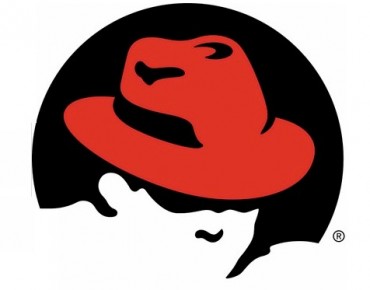Red Hat Profits Rise With Sales Despite Heavy OpenStack, Storage Investments

It is not an easy task to invest in the future while at the same time extracting profits from existing product lines, but Linux juggernaut and middleware player Red Hat managed to do just that in its second quarter of fiscal 2014, which ended in August. The company's profits rose in lockstep with sales despite increased sales, research, and development costs related to its implementation of the OpenStack cloud controller, its clustered storage, and its public cloud.
This is possible, of course, because Red Hat is the dominant supplier of commercial-grade Linux for servers, and outsells its nearest competitors, SUSE Linux, Canonical, and Oracle, by what everyone presumes is a wide margin but neither SUSE Linux nor Canonical are public companies and Oracle doesn't break out its Linux sales as a line item.
In the second quarter, Red Hat brought in $326.7 million in subscription sales, up 17.2 percent compared to the year-ago period. Red Hat does not yet break out sales of Linux support subscriptions from those of its other products, but at some point JBoss middleware could be broken out as a separate item and ditto for Red Hat's infrastructure and platform cloud tools and the OpenShift public cloud services that are based on them. The company booked $47.7 million in training and services earnings in the quarter, an increase of 9 percent compared to this time last year, and this business is not being emphasized as much as Red Hat tries to give more of its services engagements to partners. The idea is for partners to get a bigger part of the services engagement and have them drive more subscriptions to Linux, JBoss, Gluster, and other products.
Sales and marketing costs were up 17 percent in the quarter, and research and development costs rose 23.6 percent as the company continued to plow money into software that builds on its Linux operating system, making it a foundation for clouds. This investment is vital as Red Hat pitches an open source alternative to the cloud building tools from Microsoft and VMware, and sales and marketing is also vital as Red Hat has to compete for mindshare against these much larger and well- funded companies.
After all the bills were paid, Red Hat brought $40.8 million to the bottom line, which was up 16.6 percent and which represented 10.9 percent of the company's revenues. Wall Street would obviously like to see profits growing a lot faster than revenues, but that is not possible at this stage in Red Hat's life. And it may never be possible to have earnings grow at twice the rate of sales as has happened for the company in the past.
The important thing for Red Hat is that companies keep coming back for more. In a conference call with Wall Street analysts, Jim Whitehurst, CEO at Red Hat, said that all of the top 25 customers who came up for renewal during the quarter re-upped their contracts, and averaged across them they bumped up their subscription licenses by 20 percent compared to their original contracts. Whitehurst said that government and the combined technology/media industries drove those big deals, with financial services a close third. (It is not clear if this distribution among the top 25 deals prevails in the entire Red Hat base, but it would surely be interesting to find out.)
What Whitehurst did say that was interesting is that based on IDC data, about 38 percent of server shipments are running Linux once they hit the data center, and that Red Hat Enterprise Linux is on about half of them. So that gives Red Hat about a 20 percent shipment share of the entire server market. IDC has asserted in its most recent quarterly server tracker that Linux drove about 23 percent of server revenues in the most recent calendar quarter ended in June.
Whitehurst added that selling subscriptions and services to public clouds generating "single-digit millions" per month in sales, but growing "nicely."
"It's early days, and it's still kind of relatively tiny numbers of enterprises running workloads in clouds," Whitehurst added.
Red Hat's storage business, which is based on the open source Gluster clustered file system that it took control of in October 2011, has over 200 proofs of concept underway, according to Whitehurst, and the company has signed its first seven-figure support contract deal for Gluster, which is commercialized under the name of Red Hat Storage Server. Red Hat's implementation of OpenStack has just started shipping, and its OpenShift platform cloud is still being fleshed out. Neither are generating much in the way of sales. Yet.
Red Hat exited the quarter with $1.3 billion in cash in the bank – well over a year's worth of sales at the current run rate – and has slightly over $1 billion in deferred revenues on top of that, which will trickle down each quarter for the next several years. The company may not be as large as Microsoft or VMware, but it is not a small-fry, either.











